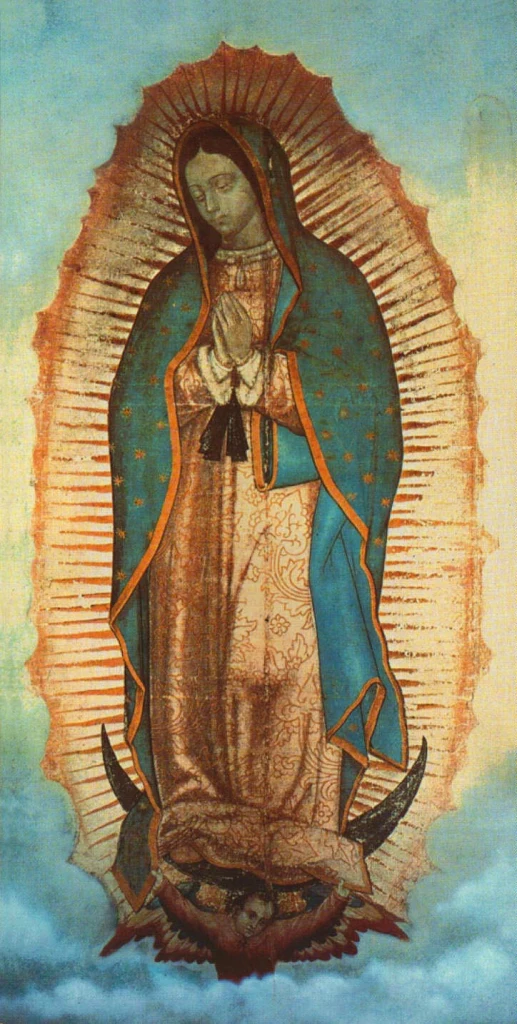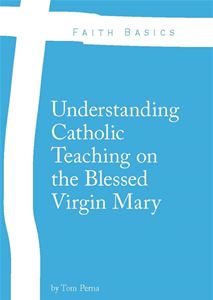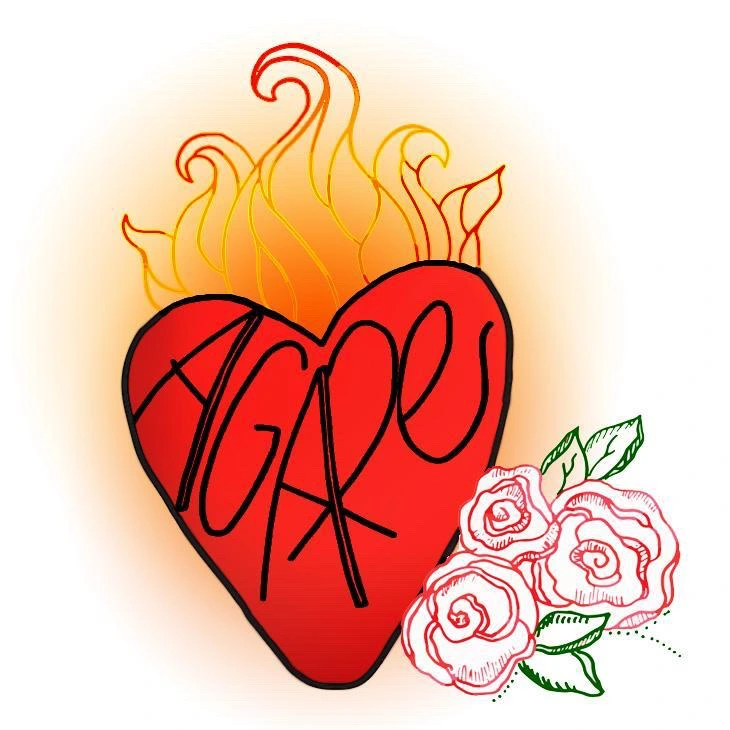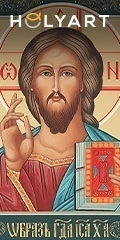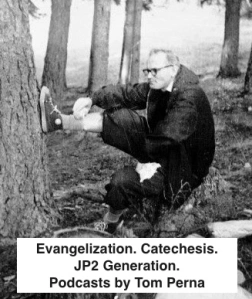In 431, the Council of Ephesus was called 50 years after the Council of Constantinople. The great Church Fathers who were alive and explaining truth to the Church had passed on to the heavenly kingdom. By this time, St. Jerome had completed his translation of the Sacred Scriptures from Hebrew and Greek into Latin. St. Augustine was invited, but word had not reached the east that he had died the previous August. The Cappodocian Gregory’s were both deceased and St. John Chrysostom died a saint in exile.
The “Man of the Hour” at Ephesus was St. Cyril of Alexandria. Little is known about St. Cyril’s early life before the council. He was educated in Alexandria (modern-day Egypt) and lived as a monk for some time in the desert. St. Cyril was a Bishop for 32 years in Alexandria and was considered a holy terror while his holiness remained hidden. He was very forceful, dominating, and impatient. He had some enemies because of his personality among the Novatians and the Jews, whom he drove out of Alexandria. As he gained in age, St. Cyril became less violent and could control his temper. He also showed that he could make concessions for the good of the Church when required. He became a saint by exercising the virtues. He had a great intellect and a strong ability for academic work. He is the great defender of the Incarnation and the Mary as Theotokos – Mother of God.
Nestorius, the whole reason behind the calling of the council did not choose to attend. By 431, he was 50 years old. He was educated in Antioch. He was a monk well known for his preaching ability. Because of his skills as an orator, he was chosen to be bishop of Constantinople by Emperor Theodosius II in 428.
The Nestorian heresy essentially claimed that Jesus Christ is two separate persons, and therefore, we can’t call Mary the Theotokos (God-Bearer) but calls her Christotokos (Christ Bearer – bearer of the human person). There are two points we need to point out here. First, when you say something wrong about Mary, you say something incorrect about Christ. Second, Nestorius denies the Incarnation and claims that Christ’s human flesh was an indwelling. He denies the true humanity of Jesus Christ.
As the news of Nestorius’ teachings traveled throughout the Christian world, St. Cyril of Alexandria began to hear about them. He chose to engage Nestorius by suggesting that they begin corresponding by letters. Nestorius agreed.
In Mary and the Fathers of the Church, Luigi Gambero states the nastiness of the doctrinal debate when he says, “the patriarch of Constantinople gave no sign of retreat, and the patriarch of Alexandria did not intend to mitigate his accusations. Cyril’s attacks were fueled by his desire to safeguard right doctrine but by motives of rivalry between the two authoritative patriarchal sees.”
In his letter to Nestorius, he spoke about how shocking his thoughts would be on the faithful. St. Cyril “began with a contemptuous reference to three of the malcontents (fraudster, matricide, thief – the fourth he was turning to favor him) but devoted the rest to a long dogmatic statement and a demand for assent.” St. Cyril of Alexandria and several others at the council, take on Nestorius by providing a syllogism –
- Jesus Christ is God
- Mary is the Mother of Jesus Christ
- Mary is the Mother of God
At the Council of Ephesus in 431 A.D., the Council Fathers declared that Mary was Theotokos – God-Bearer. Mary bore in her immaculate womb the Son of God, thus making her the Mother of God. Nestorius was excommunicated. He was unseated from his position as Patriarch of Constantinople. Nestorius was also branded as “the new Judas.” As the bishops returned to their lodging after the formal declaration, the lay faithful of Ephesus gathered and passionately supported the bishop’s decision to excommunicate Nestorius. They showed their love for the Blessed Mother by shouting, “Hagia Maria Theotokos” and “Praised be the Theotokos.”
As we look at the Council of Ephesus, some might think it failed, but the council succeeded in defining the Dogma of the Theotokos. The two natures of Christ cannot be separated but united in one Divine Person. The council not only clearly defined Christology but also defined a step in Marian theology.
Categories: Church History, Eastern Catholicism, Saints & Angels
